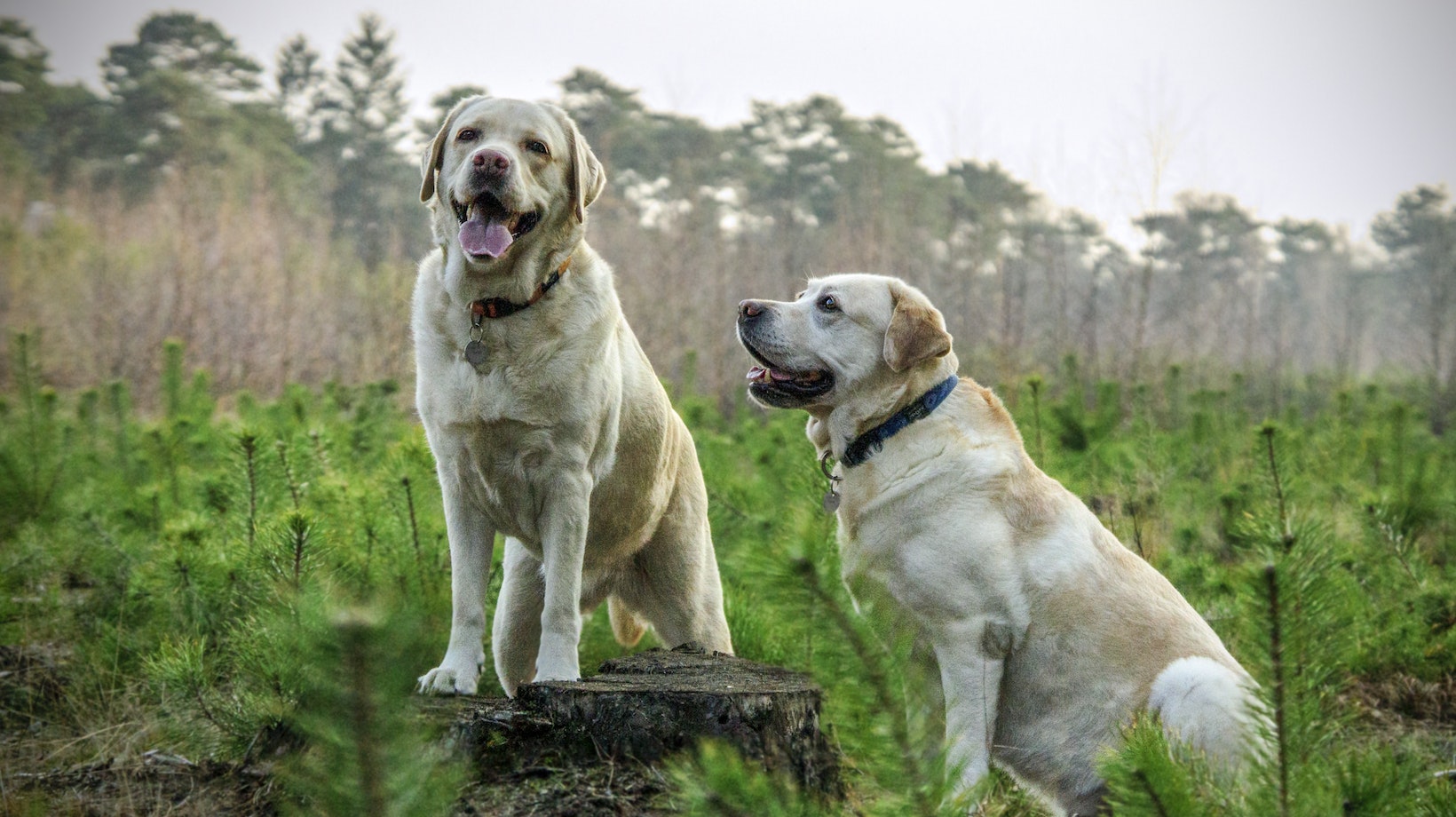How To Get A Dog To Come
When it comes to owning a dog, one essential command that every pet parent should teach their furry friend is the recall command. A reliable recall can be a lifesaver in various situations, such as preventing your dog from running into traffic or ensuring they come back to you when called at the park. For Labrador owners, who often have energetic and adventurous companions, mastering the recall command becomes even more crucial.
Labradors are known for their playful and curious nature, which can sometimes lead them astray. That’s why investing time and effort into recall training is vital for their safety and well-being. By teaching your Labrador to come when called consistently, you’ll have peace of mind knowing that you can quickly regain control over them in any situation.
Establishing A Strong Bond With Your Dog
Building a strong bond with your Labrador is key to successful recall training. Dogs are pack animals by nature, and they thrive on companionship and connection. By spending quality time together through activities like daily walks, interactive playtime sessions, and positive reinforcement training exercises, you strengthen the bond between you and your furry friend.
When your Labrador feels loved, understood, and connected to you as their trusted pack leader, they will be more motivated to respond promptly to your recall command. This strong bond acts as an invisible leash that keeps them close even when they’re off-leash in potentially distracting environments.

Creating Positive Associations With The Recall Command
To effectively teach your Labrador the recall command, it’s essential to make it a positive experience for them. You want your dog to associate “come” or any chosen cue word with something rewarding rather than perceiving it as an end to their fun or freedom.
Start by using high-value treats or toys as rewards during training sessions whenever your Labrador responds correctly to the recall command. Praise them enthusiastically and shower them with affection to reinforce their good behavior. By consistently associating the recall command with positive outcomes, your Labrador will learn that coming when called leads to enjoyable rewards and reinforces their desire to respond promptly.
In addition to treats and praise, you can also incorporate fun games into your recall training routine. For example, playing hide-and-seek in a secure area can help strengthen the recall command while engaging your Labrador’s natural instincts. These interactive activities not only make training more enjoyable for both of you but also reinforce the importance of coming when called.
Remember, teaching your Labrador the recall command takes time, patience, and consistency. Be sure to practice in different environments with varying distractions gradually. With dedication and positive reinforcement techniques, you’ll soon have a well-trained dog who comes running joyfully whenever you call! Building a Strong Relationship with Your Dog
Creating a strong bond with your Labrador is essential for effective training and getting them to come when called. Here are some key tips to help you build a solid relationship with your furry friend:
- Spend Quality Time Together: Regularly dedicating quality time to interact and engage with your Labrador is crucial. Whether it’s playing fetch in the park, going for walks, or simply cuddling on the couch, these shared experiences will strengthen the bond between you.
- Positive Reinforcement: Dogs respond best to positive reinforcement techniques. Rewarding good behavior with treats, praise, and affection reinforces their desire to please you and strengthens the connection between you both.
- Consistency in Training: Consistency is key when training your dog to come when called. Use clear commands such as “come” or “here” consistently, ensuring that everyone in the household uses the same cues and techniques.
- Engaging Activities: Keeping your Labrador mentally stimulated is important for building a strong relationship. Incorporate interactive toys, puzzle games, and obedience training sessions into their routine to keep their mind engaged and reinforce obedience.
- Communication through Body Language: Dogs are highly perceptive of human body language and tone of voice. Maintain an open posture and use calm yet assertive tones during interactions with your Labrador to convey confidence and establish trust.
- Socialization Opportunities: Expose your Labrador to various social situations from an early age so they can learn how to interact appropriately with other dogs and people. This exposure helps build their confidence while reinforcing their bond with you as their trusted companion.
Remember, building a strong relationship takes time, patience, and consistency. By investing in these efforts, you’ll create a deep connection with your Labrador that will make them more likely to come when called.